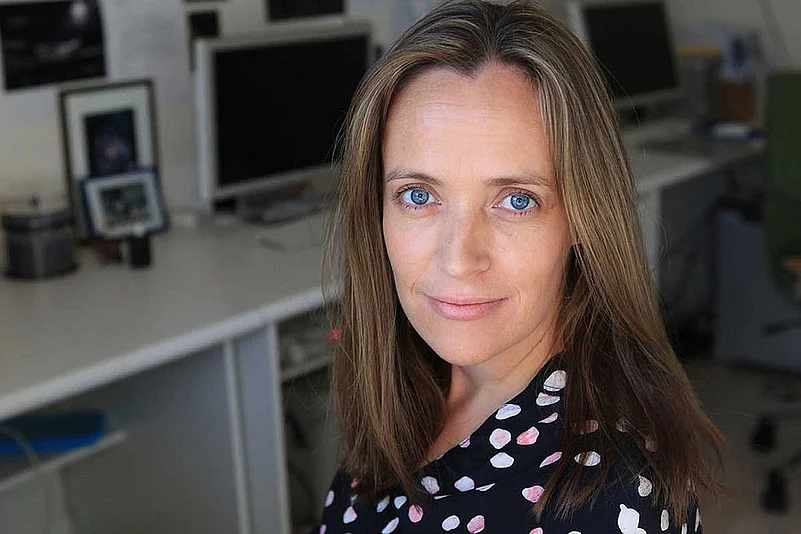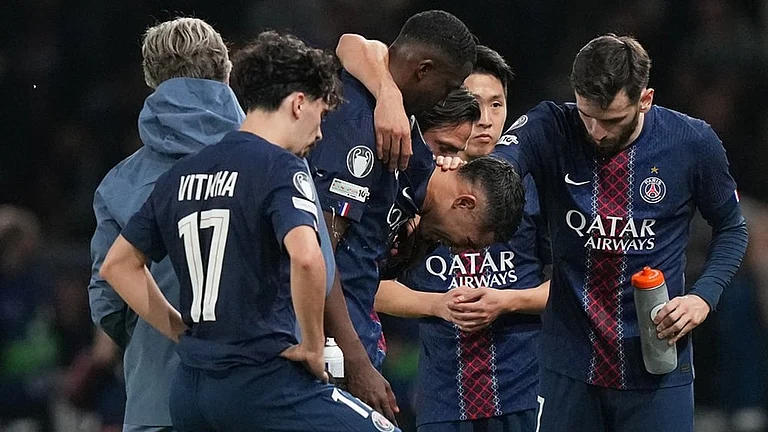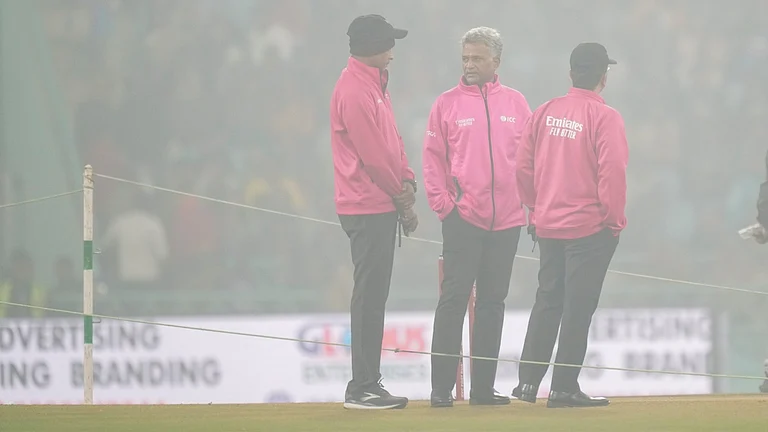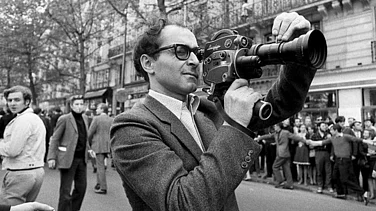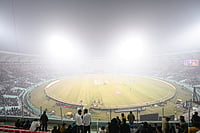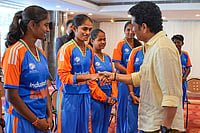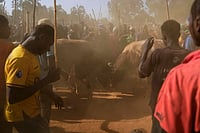It is being said that the script ‘changed’ while filming the documentary.
Yes and no. The intent was to tell the story from a Sherpa point of view. Then the avalanche in April 2014 happened.
Why the Sherpa community?
They do the bulk of the work in climbs. The intent was to portray their culture and the risks they take.
Your experience of the avalanche?
I was in my tent; I had been up filming one of their climbing rituals at night. When we found out that some of them had died, the rest of the day was difficult.
Their reactions to you at the time and on being filmed?
I have had several expeditions with them. As some of the younger ones came down, you could see grief, horror and sadness on their faces.
Did you want to stop the filming then?
Yes. I wanted to go home but I had a responsibility as a filmmaker to tell the story.
How did the Sherpa community respond?
My immediate Sherpa team—two cameramen, two assistants and a translator—went home to their families.
Was it easy to communicate with them?
Our cinematographer is fluent in Nepalese and as word among the community spread, they were less reluctant to speak with us.
What was the reaction to the Nepal government’s compensation of $400 each to the bereaved families?
It was increased I believe, but only aided in turning grief to anger.
How many times have you been to Everest?
Six to seven times, as part of three expeditions.
How have reactions to the film been like?
I’m not sure of the political impact, but I’ve spoken to the Sherpa community and they are pleased with it.






